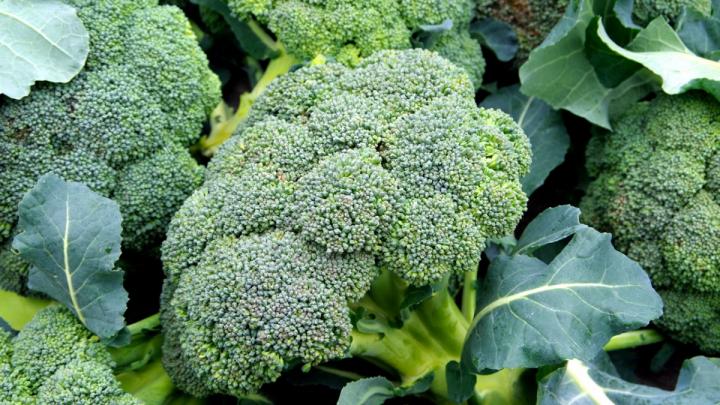In blind tests conducted by Cornell University researchers, consumers rated a California broccoli tastier and better-looking than a pair of varieties grown in New York.
But the New York broccoli fared much better in a subsequent series of tests. It earned the highest marks for flavor and consumers were willing to pay more for it – on par with the California variety.
What changed?
The second group was told the New York broccoli was “locally grown” in New York state, where the tests were conducted. That information improved consumers’ perceptions of the broccoli and its value compared with the California alternative.
“If you don’t tell the consumers anything, they will penalize the looks and they will even penalize the taste,” said Miguel Gómez, associate professor at the Charles H. Dyson School of Applied Economics and Management in the Cornell SC Johnson College of Business. “But as soon as you tell them it’s local, it’s the other way around. They like it better – not only how it looks, but also how it tastes.”
The findings have implications for the marketing of an emerging East Coast broccoli industry, and potentially for other seasonal vegetables regarded as household staples, including carrots, celery, endive and lettuce.
Buyers for grocery stores and restaurants have been reluctant to stock broccoli that looks even slightly different from what consumers are used to, most of which is grown in California. But the study suggests consumers value veggies marketed as local even if they don’t look more appealing than non-local options, and even for products where local varieties aren’t already expected to be superior, as with tomatoes, the researchers said.
The experiments asked ordinary consumers in upstate New York to inspect and sample three varieties of parboiled broccoli side by side, then submit bids by computer for how much they would pay per pound of each.
When consumers didn’t know where the broccoli came from, they bid significantly more for the California product. Their average bid of $1.62 per pound was 18 cents more than the first New York variety and 10 cents more than the second.
But the results were “substantially different” when the broccolis were labeled as grown in New York or California. Bids for both New York broccolis climbed to about $1.70 – slightly more than their California counterpart.
For the food retail and service industries, Gómez said, the results highlight the importance of communicating to consumers that a product is locally grown.
“Not only are they willing to pay more,” he said, “but the product tastes better and they look at it in a different way.”

